On October 1, 1946, 12 high-ranking Nazis are sentenced to death by the International War Crimes Tribunal in Nuremberg. Among those condemned to death by hanging were Joachim von Ribbentrop, Nazi minister of foreign affairs; Hermann Goering, founder of the Gestapo and chief of the German air force; and Wilhelm Frick, minister of the interior. Seven others, including Rudolf Hess, Adolf Hitler’s former deputy, were given prison sentences ranging from 10 years to life. Three others were acquitted.
The trial, which had lasted nearly 10 months, was conducted by an international tribunal made up of representatives from the United States, the USSR, France, and Great Britain. It was the first trial of its kind in history, and the defendants faced charges ranging from crimes against peace to crimes of war and crimes against humanity. On October 16, 10 of the architects of Nazi policy were hanged one by one. Hermann Goering, who at sentencing was called the “leading war aggressor and creator of the oppressive program against the Jews,” committed suicide by poison on the eve of his scheduled execution. Nazi Party leader Martin Bormann was condemned to death in absentia; he is now known to have died in Berlin at the end of the war.
Grand Marshall Karl Doenitz and Albert Speer
Nuremberg War Trials - American Document Room
Nuremberg War Trials - Palace Of Justice - Nuremberg, Germany
On October 1, 1908, the first production Model T Ford is completed at the company’s Piquette Avenue plant in Detroit. Between 1908 and 1927, Ford would build some 15 million Model T cars. It was the longest production run of any automobile model in history until the Volkswagen Beetle surpassed it in 1972.
Before the Model T, cars were a luxury item: At the beginning of 1908, there were fewer than 200,000 on the road. Though the Model T was fairly expensive at first (the cheapest one initially cost $825, or about $18,000 in today’s dollars), it was built for ordinary people to drive every day. It had a 22-horsepower, four-cylinder engine and was made of a new kind of heat-treated steel, pioneered by French race car makers, that made it lighter (it weighed just 1,200 pounds) and stronger than its predecessors had been. It could go as fast as 40 miles per hour and could run on gasoline or hemp-based fuel. (When oil prices dropped in the early 20th century, making gasoline more affordable, Ford phased out the hemp option.) “No car under $2,000 offers more,” ads crowed, “and no car over $2,000 offers more except the trimmings.”
Ford kept prices low by sticking to a single product. By building just one model, for example, the company’s engineers could develop a system of interchangeable parts that reduced waste, saved time and made it easy for unskilled workers to assemble the cars. By 1914, the moving assembly line made it possible to produce thousands of cars every week and by 1924, workers at the River Rouge Ford plant in Dearborn, Michigan could cast more than 10,000 Model T cylinder blocks in a day.
But by the 1920s, many Americans wanted more than just a sturdy, affordable car. They wanted style (for many years, the Model T famously came in just one color: black), speed and luxury too. As tastes changed, the era of the Model T came to an end and the last one rolled off the assembly line on May 26, 1927.
On October 1, 1890, an act of Congress creates Yosemite National Park, home of such natural wonders as Half Dome and the giant sequoia trees. Environmental trailblazer John Muir (1838-1914) and his colleagues campaigned for the congressional action, which was signed into law by President Benjamin Harrison and paved the way for generations of hikers, campers and nature lovers, along with countless “Don’t Feed the Bears” signs.
Native Americans were the main residents of the Yosemite Valley, located in California’s Sierra Nevada mountain range, until the 1849 gold rush brought thousands of non-Indian miners and settlers to the region. Tourists and damage to Yosemite Valley’s ecosystem followed. In 1864, to ward off further commercial exploitation, conservationists convinced President Abraham Lincoln to declare Yosemite Valley and the Mariposa Grove of giant sequoias a public trust of California. This marked the first time the U.S. government protected land for public enjoyment and it laid the foundation for the establishment of the national and state park systems. Yellowstone became America’s first national park in 1872.
In 1889, John Muir discovered that the vast meadows surrounding Yosemite Valley, which lacked government protection, were being overrun and destroyed by domestic sheep grazing. Muir and Robert Underwood Johnson, a fellow environmentalist and influential magazine editor, lobbied for national park status for the large wilderness area around Yosemite Valley. On October 1 of the following year, Congress set aside over 1,500 square miles of land (about the size of Rhode Island) for what would become Yosemite National Park, America’s third national park. In 1906, the state-controlled Yosemite Valley and Mariposa Grove came under federal jurisdiction with the rest of the park.
Yosemite’s natural beauty is immortalized in the black-and-white landscape photographs of Ansel Adams (1902-1984), who at one point lived in the park and spent years photographing it. Today, over 3 million people get back to nature annually at Yosemite and check out such stunning landmarks as the 2,425-foot-high Yosemite Falls, one of the world’s tallest waterfalls; rock formations Half Dome and El Capitan, the largest granite monolith in the U.S.; and the three groves of giant sequoias, the world’s biggest trees.
John Muir
Theodore Roosevelt And John Muir
On October 1, 1988, having forced the resignation of Soviet leader Andrei Gromyko, Mikhail Gorbachev names himself head of the Supreme Soviet. Within two years, he was named “Man of the Decade” by Time magazine for his role in bringing the Cold War to a close. Beginning in 1985, when he became general secretary of the Communist Party in the USSR, Gorbachev moved forward to both liberalize the Soviet economy (perestroika) and political life (glasnost), as well as decrease tensions with the United States. By late 1991, the Soviet Union was moving toward dissolution, and Gorbachev retired from office in December 1991.
On October 1, 1918, a combined Arab and British force captures Damascus from the Turks during World War I, completing the liberation of Arabia. An instrumental commander in the Allied campaign was T.E. Lawrence, a legendary British soldier known as Lawrence of Arabia.
Lawrence, an Oxford-educated Arabist born in Tremadoc, Wales, began working for the British army as an intelligence officer in Egypt in 1914. He spent more than a year in Cairo, processing intelligence information. In 1916, he accompanied a British diplomat to Arabia, where Hussein ibn Ali, the emir of Mecca, had proclaimed a revolt against Turkish rule. Lawrence convinced his superiors to aid Hussein’s rebellion, and he was sent to join the Arabian army of Hussein’s son Faisal as a liaison officer.
Under Lawrence’s guidance, the Arabians launched an effective guerrilla war against the Turkish lines. He proved a gifted military strategist and was greatly admired by the Bedouin people of Arabia. In July 1917, Arabian forces captured Aqaba near the Sinai and joined the British march on Jerusalem. Lawrence was promoted to the rank of lieutenant colonel. In November, he was captured by the Turks while reconnoitering behind enemy lines in Arab dress and was tortured and sexually abused before escaping. He rejoined his army, which slowly worked its way north to Damascus. The Syrian capital fell on October 1, 1918.
Arabia was liberated, but Lawrence’s hope that the peninsula would be united as a single nation was dashed when Arabian factionalism came to the fore after Damascus. Lawrence, exhausted and disillusioned, left for England. Feeling that Britain had exacerbated the rivalries between the Arabian groups, he appeared before King George V and politely refused the medals offered to him.
After the war, he lobbied hard for independence for Arab countries and appeared at the Paris peace conference in Arab robes. He later wrote a monumental war memoir, The Seven Pillars of Wisdom, and enlisted in the Royal Air Force (RAF) under an assumed name to escape his fame and acquire material for a new book. Discharged from the RAF in 1935, he was fatally injured in a motorcycle accident a few months later.
Thomas Edward Lawrence - Lawrence Of Arabia
On October 1, 1949, naming himself head of state, communist revolutionary Mao Zedong officially proclaims the existence of the People’s Republic of China; Zhou Enlai is named premier. The proclamation was the climax of years of battle between Mao’s communist forces and the regime of Nationalist Chinese leader Chiang Kai-Shek, who had been supported with money and arms from the American government. The loss of China, the largest nation in Asia, to communism was a severe blow to the United States, which was still reeling from the Soviet Union’s detonation of a nuclear device one month earlier.
State Department officials in President Harry S. Truman’s administration tried to prepare the American public for the worst when they released a “white paper” in August 1949. The report argued that Chiang’s regime was so corrupt, inefficient, and unpopular that no amount of U.S. aid could save it. Nevertheless, the communist victory in China brought forth a wave of criticism from Republicans who charged that the Truman administration lost China through gross mishandling of the situation. Other Republicans, notably Senator Joseph McCarthy, went further, claiming that the State Department had gone “soft” on communism; more recklessly, McCarthy suggested that there were procommunist sympathizers in the department.
The United States withheld recognition from the new communist government in China. The outbreak of the Korean War in 1950, during which communist Chinese and U.S. forces did battle, drove an even deeper wedge between the two nations. In the ensuing years, continued U.S. support of Chiang’s Republic of China, which had been established on the island of Taiwan, and the refusal to seat the People’s Republic of China at the United Nations made diplomatic relations impossible. President Richard Nixon broke the impasse with his stunning visit to communist China in February 1972. The United States extended formal diplomatic recognition in 1979.
On October 1, 1944, the first of two sets of medical experiments involving castration are performed on homosexuals at the Buchenwald concentration camp, near Weimar, Germany.
Buchenwald was one of the first concentration camps established by the Nazi regime. Constructed in 1937, it was a complement to camps north (Sachsenhausen) and south (Dachau), and was built to hold enslaved laborers, who worked in local munitions factories 24 hours a day, in 12-hour shifts. Although not technically a death camp, in that it had no gas chambers, nevertheless hundreds of prisoners died monthly, from malnutrition, beatings, disease and executions.
The camp boasted a sophisticated-sounding facility on its grounds called the Division for Typhus and Virus Research of the Hygiene Institute of the Waffen SS. In truth, it was a chamber of horrors where medical experiments of the cruelest kind were carried out on prisoners against their will. Victims were often intentionally infused with various infections to test out vaccines. Euthanasia was also performed regularly on Jews, Romani people and mentally ill prisoners.
Among the cruelest of Buchenwald’s overseers was the infamous Ilsa Koch, wife of SS commandant Karl Koch and known as the “Witch of Buchenwald.” Among her fetishistic tendencies was her penchant for lampshades, gloves and other items made from the tattooed skin of dead inmates. She also had a reputation for forcing prisoners to participate in orgies. She was ultimately sentenced to life in prison for her sadism, but she hanged herself after 16 years behind bars.
Buchenwald was liberated by the Allies on April 11, 1945, one day before the death of President Franklin Roosevelt. It was later used by the Soviet Union as a concentration camp for the enemies of East Germany.





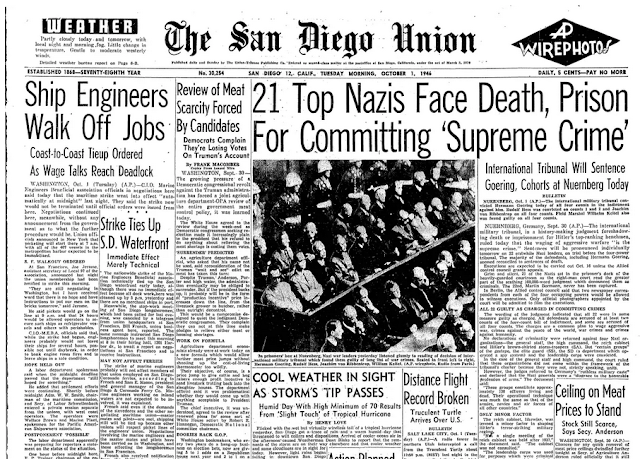
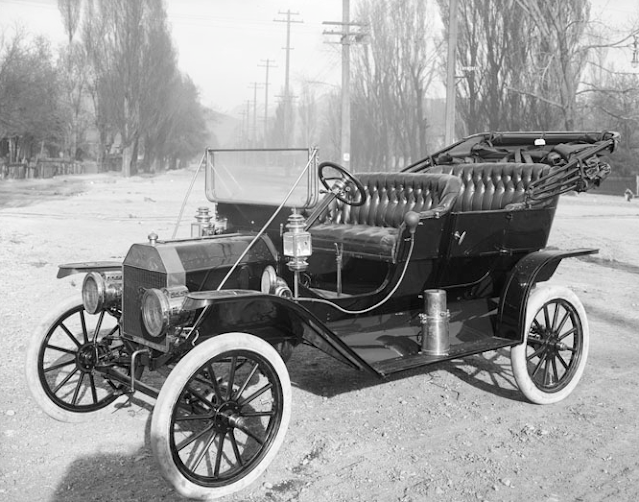
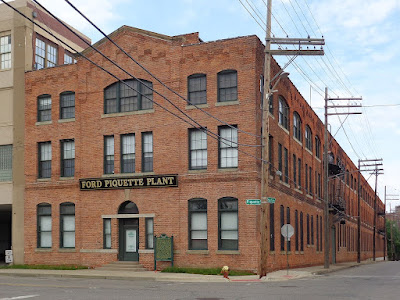




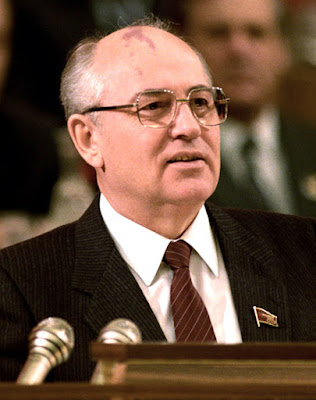

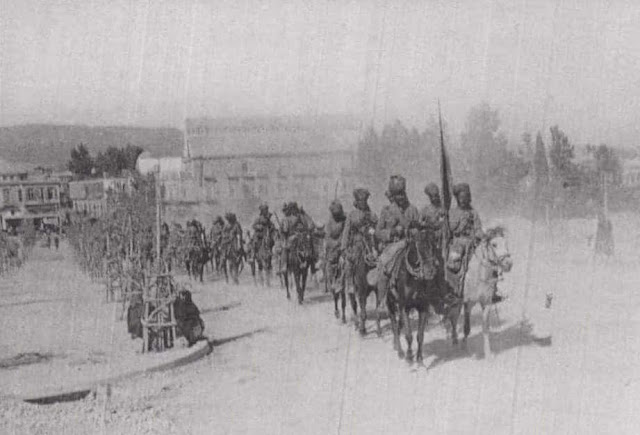








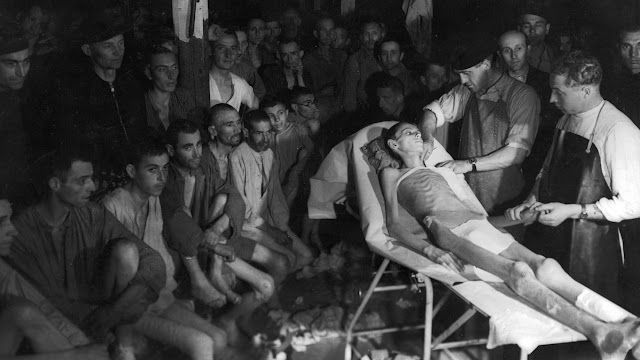




No comments:
Post a Comment